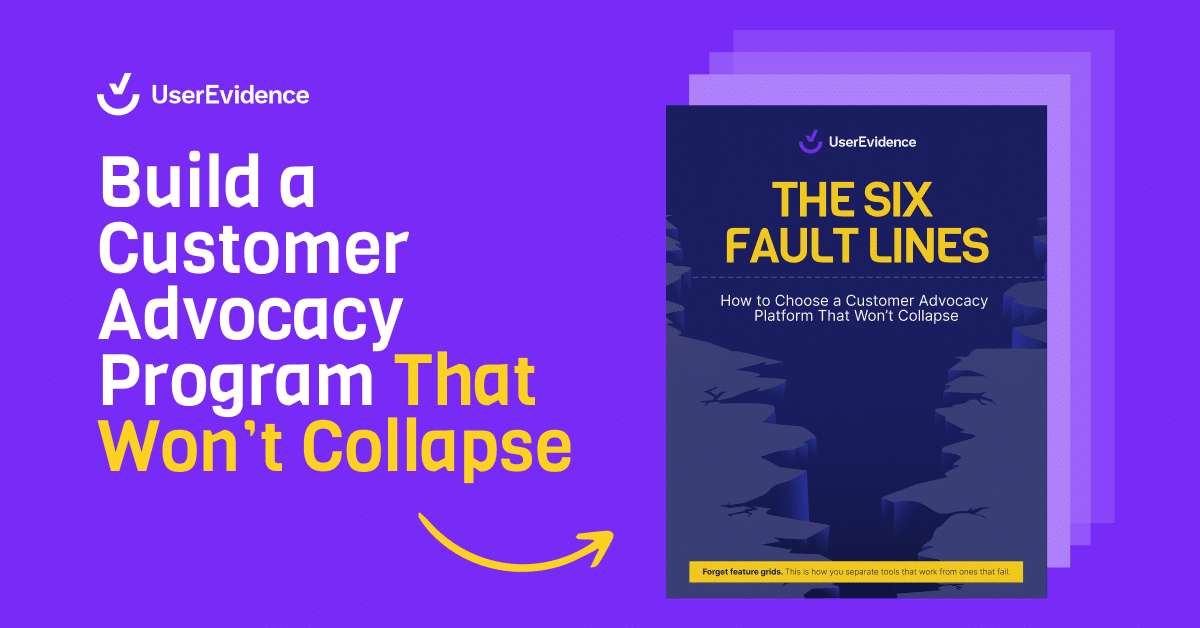How many times have you seen a family member or friend using a product and thought, I have to have that? Next thing you know, you’ve got a new pair of headphones and your dog is eating a new brand of food. This effect is called “social proof,” or the theory that consumers change their behaviors based on the influence of those around them.
For the modern buyer, online reviews from existing customers can be a huge determining factor in whether or not they make a purchase. In fact, 91% of consumers in the 18–34 age group trust online reviews as much as recommendations from family and friends. This means that your customer testimonials and reviews don’t just capture a buyer’s attention, but establish trust and generate revenue. The good news is that in this digital age, social proof doesn’t have to be face-to-face — you can create social proof through your online presence. Let’s look at how.
The benefits of using social proof
While social proof traditionally refers to word-of-mouth testimonials via friends and family, digital social proof is created via online reviews, statistical evidence, quotes, and more. Online social proof offers a wide range of benefits, each of which increases the likelihood that your buyers will make it to the next stage of their purchase journey.
Social proof builds trust
Social proof in the form of customer reviews, testimonials, and statistical evidence is found more trustworthy than other forms of marketing. 83% of people think a business with user-generated reviews on their landing page is trustworthy, as they view these reviews and stats as tangible evidence that your product can solve their pain points. After all, it solved the same problem for others!
Social proof establishes credibility
With third-party opinions and reviews, social proof establishes credibility for your company. 95% of people say that customer reviews influence their purchasing decisions, indicating that reviews substantiate your sales claims online. For instance, let’s say you’re selling a SaaS platform that you claim can boost your buyers’ sales. Next to this claim, you highlight a quote from a customer emphasizing the impact your product had on their business. Now, your buyer knows that your claims are, in fact, true. See how GitLab captured credibility-boosting quotes through UserEvidence:

Social proof increases web traffic
Social proof doesn’t just establish trust and credibility — it also drives web traffic to your site. For 50% of consumers, reading a positive review results in visiting that company’s website. Think of how often you’ve been scrolling through social media, and seen someone recommend a product. The product seems to be making this person’s life easier, and they seem to genuinely endorse and recommend it, lending credibility to the brand’s claims.
As a consumer, your first instinct is to learn more about the product, what it can accomplish, and how it can help you — which can all be found on the company’s website. Thus, the more social proof you’re able to garner and put out into the world, whether from reviews on social media or from niche review sites like G2, the greater your web traffic.
Generate more ROI with social proof
Ultimately, social proof increases your conversion rates. Sometimes, a positive review or statistical evidence showcasing your product’s efficacy can be the final push a buyer needs to reach out and inquire about how to purchase. When added to a landing page to sign up for a free trial or freemium, social proof can increase conversions up to 34%. By placing the proof by the CTA, you’re making it that much easier for a buyer to move on to the next stage of their journey. These increased conversion rates heavily impact your win rates, giving social proof an incredibly high ROI.
Consider this: you offer a free trial for your product, a communication platform to be used for internal team messaging. Next to your free trial sign-up, you post a statistic showcasing how much time the platform saves by eliminating the number of meetings needed per project. Your prospects see this statistic and decide to test out the product to see if the same is true for their business. Naturally, not every free trial results in a purchase. However — the average free trial conversion rate is roughly 25%. But by increasing your free trial rate, you subsequently increase win rates.
Final thoughts
By placing reviews, testimonials, statistics, and more throughout your website, social media, and other online marketing materials you’re able to increase trust and credibility with your buyers, thus driving traffic to your website. Using social proof increases conversion rates, subsequently increasing purchases. Harnessing the power of social proof provides a vast ROI, increasing your sales and pulling in new customers. Sounds like a no-brainer, right!?
Discover how to fully utilize the power of social proof. Download our guide, Customer Evidence: The Ultimate Guide to Winning Over the B2B Buyer in 2022 and Beyond.



